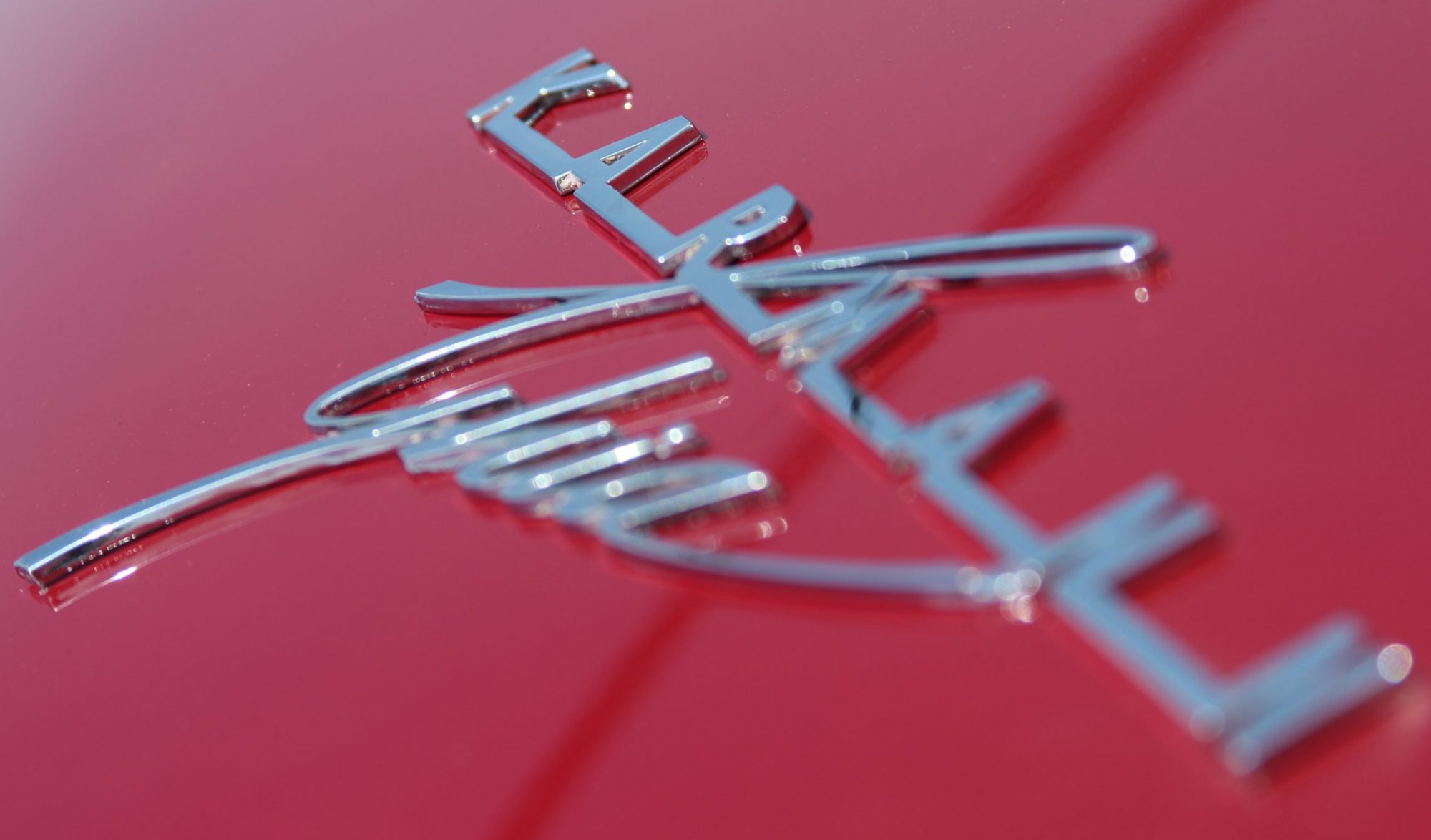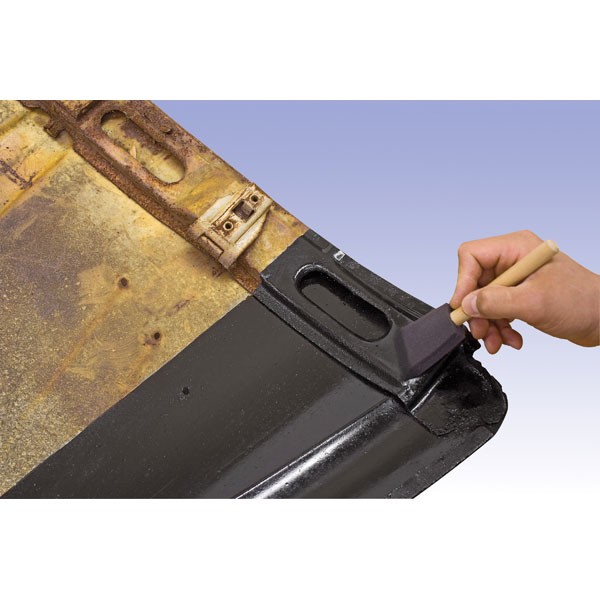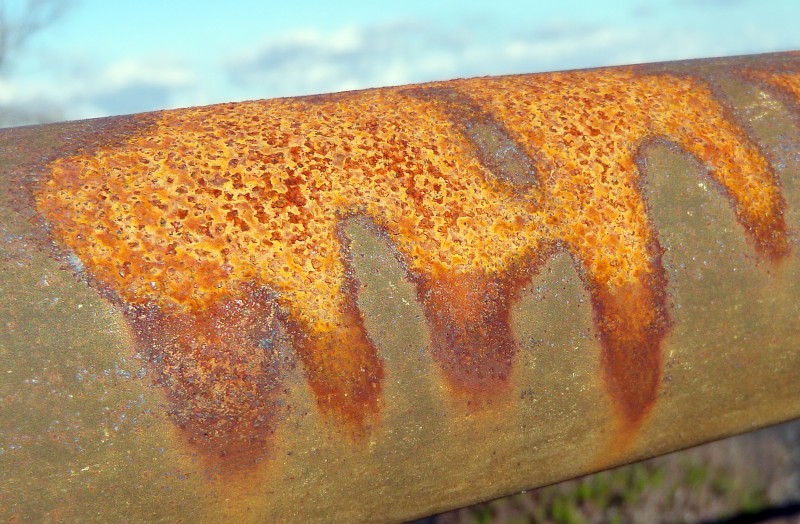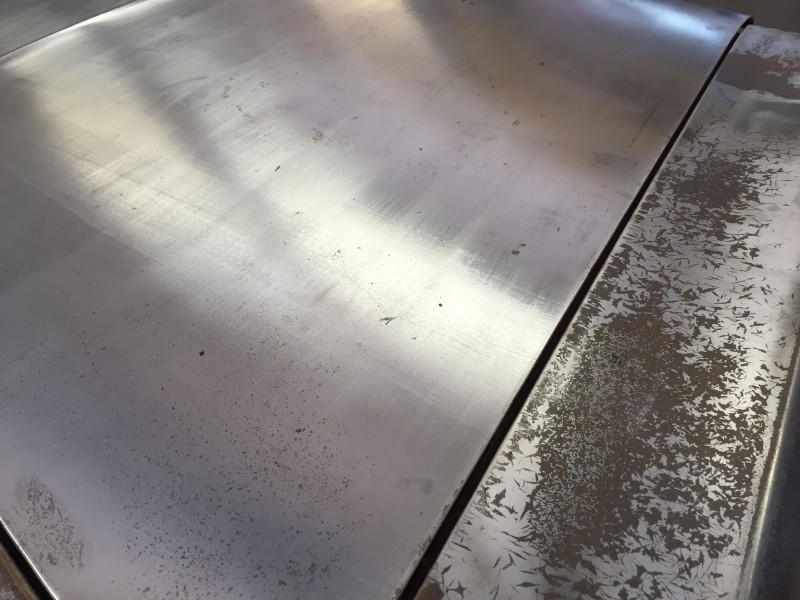Our tech team answers a lot of technical calls and emails each day and there are a lot of common questions asked and advice given. Many of them are about when and where to use our different coatings and paints. Rust products might be the most confusing as far as when to use them and which one is correct for your rust situation. I decided to put together this quick article to help you decide when you should use Rust Encapsulator vs. Rust Converter.
Rust Encapsulator is one of our oldest and most well known products we sell. We’ve been an innovator in rust treatments and this product has stood the test of time. Encapsulator is probably the safest and most universal of our rust products as it doesn’t much care what it is applied over. Below are some examples of situations where Rust Encapsulator is ideal and where another product may be better.
Ideal Encapsulator Uses
1. Surface Rust- Encapsulator will easily go over areas of surface rust and stop the rust from spreading. One medium coat is usually covers light surface rust.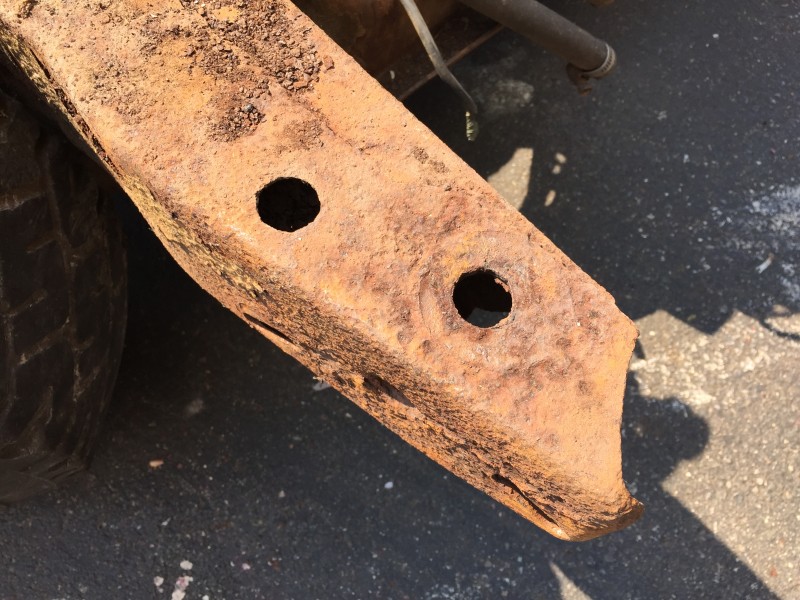
2. Medium Rust- This is rust that is more than just surface or flash rust, it may have started to lightly pit the metal, but hasn’t started to affect the rigidity of the metal. Start by wire wheeling or mechanically removing any loose rust and apply 2-3 medium coats to get complete penetration into the rust.
3. Bare Metal- Rust Encapsulator can be used over bare metal, but I wouldn’t suggest it over an epoxy or etch primer if you ONLY have bare metal to deal with. It can be used to quickly seal bare metal in a pinch to avoid flash rusting as well.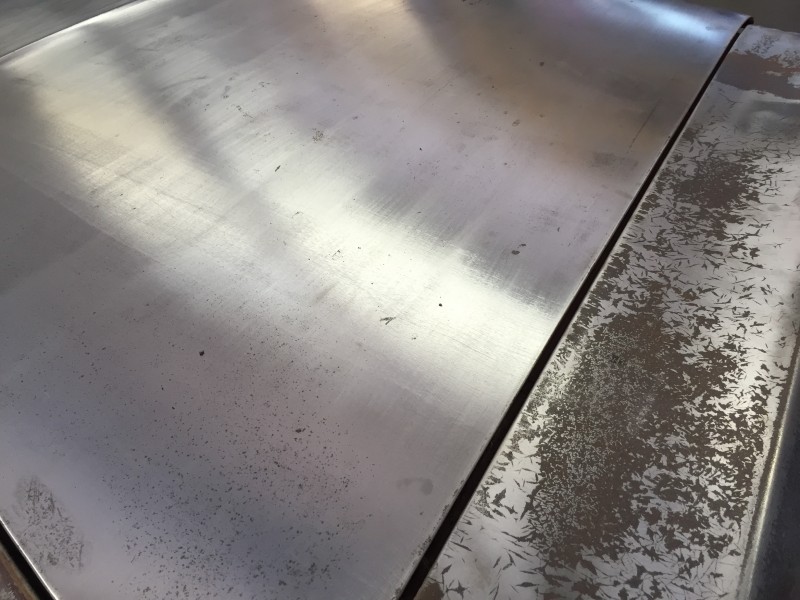
4. Mixed Surfaces- Rust Encapsulator is the best rust product to apply over surfaces that might vary in grades of rust, have bare metal or old paint present. If you have an area that you cleaned to bare metal or repaired and there’s still rust around that area, I’d suggest Rust Encapsulator.
Poor Uses
While Rust Encapsulator can be applied to almost any surface, it isn’t always the best option. Below are instances where we’d suggest a different product for the best results.
1. Over rubberized undercoating or heavy duty anti-rust– Undercoating and Anti-Rust are great products for undercarriage, or hidden areas on a vehicle but using Rust Encapsulator over them is unnecessary and isn’t using the product to it’s full potential. I absolutely prefer to use it as a base under rubberized undercoating for piece of mind.
2. In hidden, boxed, or hard to reach areas- Rust Encapsulator needs some basic prep before application (wire brush loose rust and degrease with PRE). It also needs complete coverage to properly stop the rust and it can be tough to get it to cover properly on an area that hasn’t been prepared completely. For hidden, boxed, and hard to reach areas we suggest our Internal Frame Coating.
Rust Converter is a coating that will convert heavy rusted areas into a protective polymeric coating with little prep. This product works well when used as directed, but doesn’t have room for error when it comes to using it on the incorrect surfaces. Rust Converter NEEDS 100% rust present in order for it to work correctly and to fully cure. The surface does need to be top coated after cured. For the best protection we suggest to apply Rust Encapsulator over the Converter and then top coat.
Ideal Uses
-Medium Rust- Areas that are completely covered in substantial rust are ok to use Rust Converter on as long as it isn’t mixed with bare metal or other coatings around it.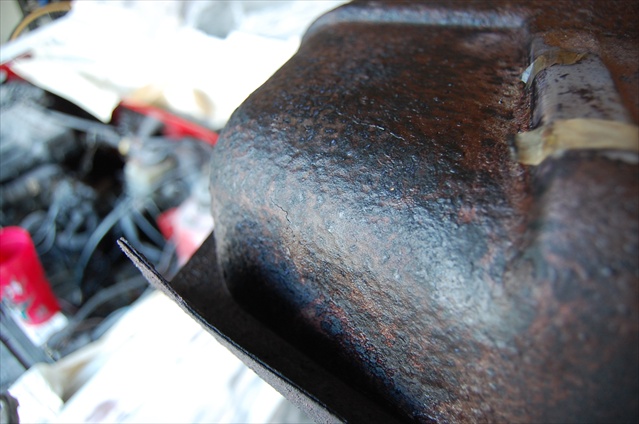
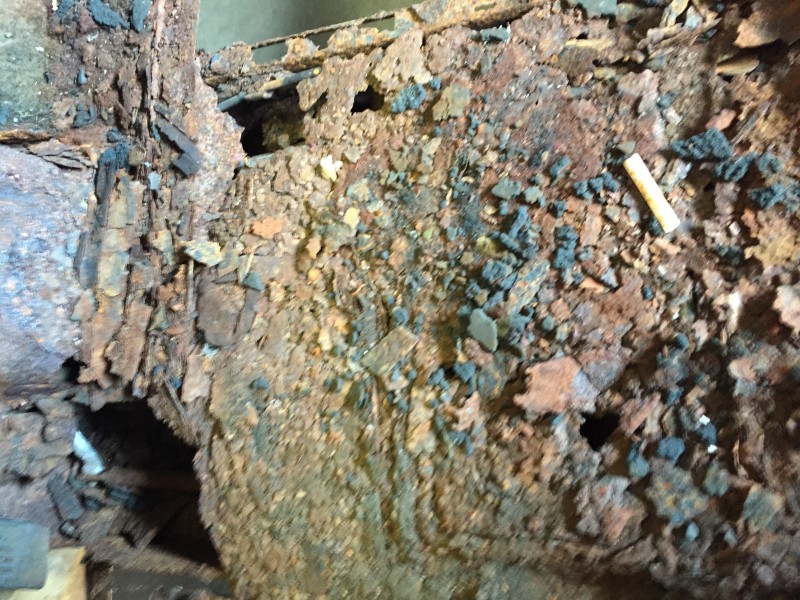
-Heavy, Flaky Rust- Rust Converter works best on rust that is HEAVY. This would be scaly rust that has begun pitting the surface and has covered all of the metal. We still suggest to knock off (wire brush/wheel) the loose, flaking rust before applying the product. The goal is for the entire surface that is rust to turn a purplish-black once the converter has finished curing. It may take 2-4 coats to fully convert a surface.
-Bare Metal- DO NOT EVER apply Rust Converter over bare metal. This product needs 100% rust present for it to work. In fact virgin, clean metal could actually flash rust if Rust Converter is applied and left on it.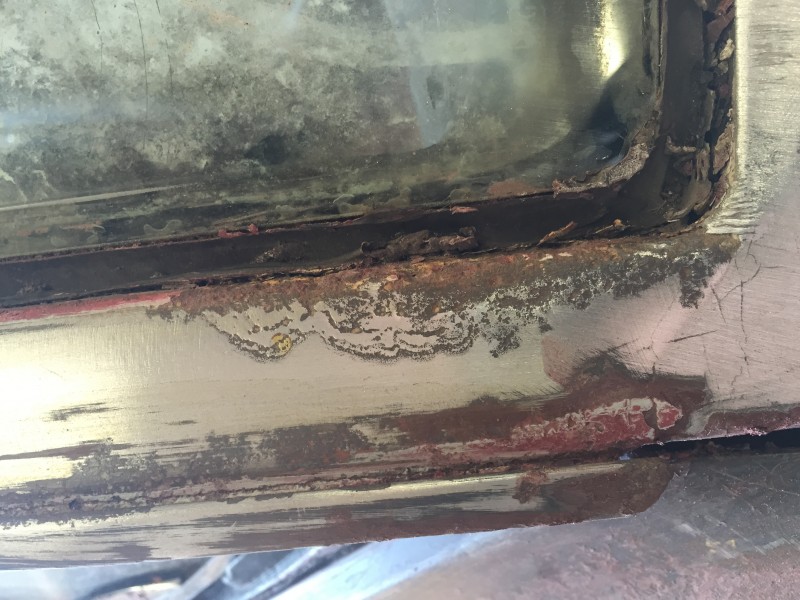
-Mixed Surfaces- Rust Converter needs 100% rust present in order for it to fully cure. This means it won’t work completely on areas that are a mix of rust and bare metal, or a mix of original paint and rust. If you’re trying to treat small rust spots that have paint surrounding them (that we assume you don’t want to damage) you can use Fast Etch to saturate the area and get into those small rust spots. Then touch up with paint as needed.
-Painted or coated surfaces- This product won’t work on bare metal areas to protect or prevent from rust. If applied to areas that are painted or used to coat for prevention the Rust Converter won’t fully cure and the surface will stay sticky.
If you follow these quick guidelines you can quickly determine if you need Rust Encapsulator or Rust Converter. Feel free to drop us a comment if you’d like to see a buyers guide for any other product.
-Matt/EW
